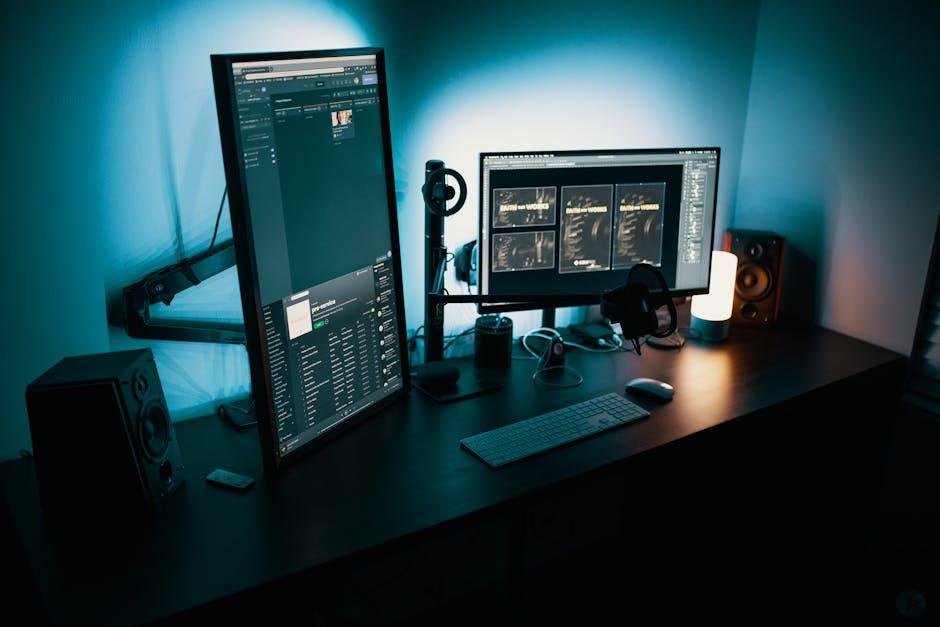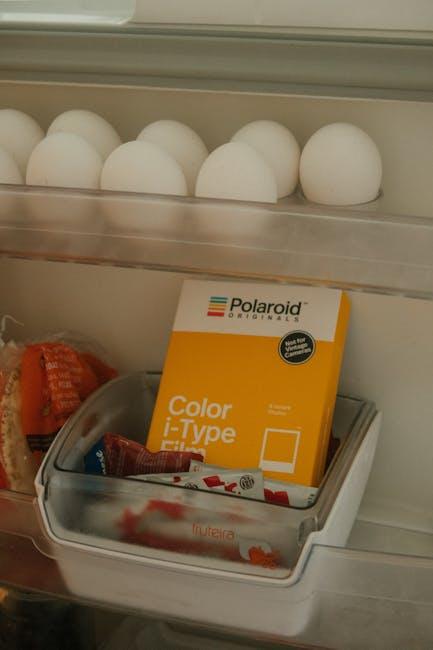In recent years, the debate surrounding the originality of modern film soundtracks compared to their classic counterparts has gained considerable traction. As cinematic landscapes evolve, so too do their musical accompaniments, prompting questions about creativity and innovation within the industry. This article delves into the intricacies of contemporary soundtracks, examining whether they truly lack the distinctiveness and ingenuity that defined the scores of earlier eras. By analyzing compositional techniques, industry trends, and the influence of technological advancements, we aim to uncover whether modern soundtracks are indeed falling short of their storied predecessors or if they represent a new paradigm of musical expression in film.
Examining the Evolution of Film Music: A Comparative Analysis
The landscape of film music has undergone significant transformations over the decades, sparking debates about the originality of modern soundtracks compared to their classic counterparts. Classic film scores often embraced rich orchestration and thematic complexity, with composers like Bernard Herrmann and Ennio Morricone crafting iconic motifs that became inseparable from the films they accompanied. These scores were characterized by:
- Unique orchestral arrangements that pushed the boundaries of traditional music composition.
- Memorable themes that resonated with audiences long after the credits rolled.
In contrast, contemporary soundtracks frequently rely on minimalist techniques and electronic elements. While some argue this shift results in a lack of originality, others contend that modern composers like Hans Zimmer and Trent Reznor are redefining the genre through:
- Innovative soundscapes that enhance the narrative in new ways.
- Genre-blending approaches that reflect the diverse storytelling of today’s cinema.
Ultimately, the perception of originality in film music may depend on one’s appreciation for either the nostalgic allure of classical compositions or the experimental boldness of contemporary scores.

Deconstructing Musical Trends: Originality in Modern Soundtracks
In recent years, the landscape of film scoring has transformed, with modern soundtracks often criticized for a perceived lack of originality. Classic film scores from the likes of John Williams and Ennio Morricone have set high standards with their iconic themes and orchestral complexity. These compositions are celebrated for their ability to evoke emotion and enhance storytelling through distinctive musical motifs. In contrast, contemporary soundtracks frequently rely on atmospheric soundscapes and minimalist arrangements. While this can effectively underscore certain narratives, it raises the question of whether these choices reflect a creative evolution or a retreat from the inventive spirit of earlier eras.
- Use of Technology: The digital age has ushered in new tools, allowing composers to experiment with electronic elements and synthesized sounds. This has led to innovative textures but also risks homogenization.
- Genre Influence: Modern scores often draw from diverse musical genres, blurring traditional boundaries. While this can lead to fresh perspectives, it may also dilute the uniqueness that classic scores maintained.
- Market Demands: There’s increased pressure to produce commercially viable music that appeals to broad audiences, potentially stifling creativity.
Ultimately, the originality of modern soundtracks is a nuanced topic, rooted in the balance between innovation and homage to time-honored traditions. As the industry evolves, so too must our understanding of what constitutes originality in this dynamic art form.

The Influence of Technology on Compositional Creativity
The integration of technology in music composition has revolutionized the way soundtracks are created, offering a vast array of tools and possibilities. Modern composers have access to an expansive digital palette, allowing them to experiment with synthesized sounds, virtual instruments, and advanced audio software. This technological evolution has democratized the compositional process, enabling artists to produce intricate soundscapes that were once limited by the constraints of traditional orchestration. However, this accessibility also raises questions about originality and the risk of homogenization in contemporary scores.
- Sampling Libraries: While providing convenience, they can lead to repetitive use of popular sounds.
- Algorithmic Composition: AI-driven tools can generate music quickly but may lack emotional depth.
- Collaboration Platforms: Facilitate global collaboration, yet sometimes result in a loss of personal artistic touch.
Despite these challenges, technology has also inspired new forms of creativity. Composers are now blending genres, integrating world music influences, and exploring ambient textures that were previously unimaginable. The key lies in how technology is utilized—whether as a crutch or as a catalyst for innovation. Ultimately, the impact of technology on compositional creativity is profound, offering both opportunities for artistic growth and challenges to maintaining the uniqueness that defined classic film scores.

Revitalizing Film Scores: Strategies for Enhancing Originality
To breathe new life into film scores, composers can explore a variety of innovative strategies. One approach is to embrace cross-genre experimentation, blending traditional orchestral elements with electronic, world, or jazz influences. This not only adds depth but also creates a unique auditory experience that stands out in a crowded market. Another tactic is collaborating with unconventional artists—from indie musicians to avant-garde sound designers—to infuse fresh perspectives and break away from predictable patterns.
- Reviving thematic motifs: Crafting memorable themes that evolve throughout the film can anchor the score in the audience’s mind.
- Utilizing unconventional instruments: Incorporating rare or culturally specific instruments can add distinctiveness and authenticity.
- Dynamic soundscapes: Creating immersive environments through innovative sound design techniques can enhance storytelling.
By adopting these strategies, composers can push the boundaries of creativity, crafting scores that are as memorable and impactful as the classics.

